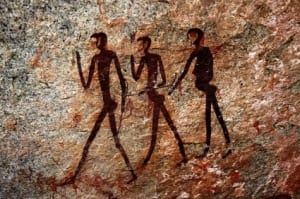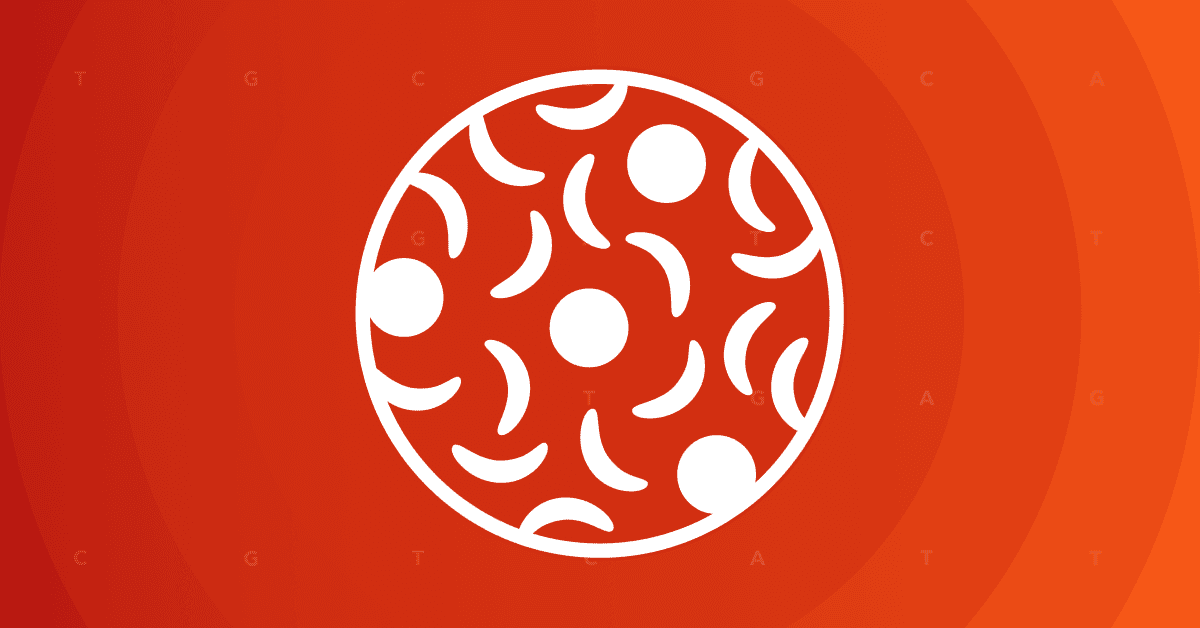
Ten millennia ago, there were about six million people on Earth. Today, there are six billion.
This thousandfold increase in the global population is often thought to be linked to the invention of farming and the domestication of animals about 13,000 years ago in the Near East. Growing crops and raising live animals requires a larger work force than hunting or gathering, so as agriculture took hold, families grew in size. These families grew into villages, villages grew into towns and cities, which eventually consolidated into the vast civilizations in ancient Mesopotamia, Egypt, and elsewhere.
Was this surge during the early days of agriculture the ONLY time in the history of our species that the worldwide population size of humans experienced a substantial boost? The traditional answer was yes. Early human hunter-gatherer populations were relatively stable, their overall size not changing much from generation to generation. Stone-age humans had a limited number of gazelles to hunt, berries to pick and eggs to snatch. Those ecological limitations suggest that pre-agricultural communities would have grown only modestly, even when the hunting was good.
But a new DNA analysis published in the July 29 issue of PLoS One suggests that the world’s human population grew dramatically even long before the development of farming.
Earlier analyses of mitochondrial DNA (mtDNA) have suggested that there were bursts of population growth much further back in time, but those studies have been unable to pinpoint a specific time span.
Geneticist Michael Hammer and his colleagues looked at nuclear DNA from four African populations: the San hunter-gatherers of the Kalahari Desert, the Biaka Pygmies of the Central African Republic, the Mandenka of Senegal and the Yorubans of Nigeria. Nuclear DNA is useful here because it is more sensitive to population size changes than mtDNA.
The authors found genetic evidence for a surge in human population size about 40,000 to 50,000 years ago. This period, just after humans first set foot outside Africa, is of great interest to archaeologists because it coincides with a dramatic increase in the sophistication of human behavior. People began crafting tools from bone, burying their dead and fashioning clothing to keep themselves warm in cool climates. They developed complex hunting techniques, and created great works of art in the form of cave paintings and jewelery.
The archaeological record also shows that during this time, humans began hunting more dangerous prey and more easily exploiting small game like rabbits and birds. They traveled farther than they had before, perhaps due to the growth of long-distance trade routes – the first of their kind. Jared Diamond, author of The Third Chimpanzee, calls this period “The Great Leap Forward,” when humans burst forth culturally – finally separating themselves from their evolutionary cousins.
The exact cause for these changes in human behavior may never be known. Some believe a simple genetic mutation or that the evolution of language could have sparked such a dramatic change. But what we do know now, thanks to this new genetic research, is that like the invention of agriculture this explosion of innovation was accompanied by population growth.



